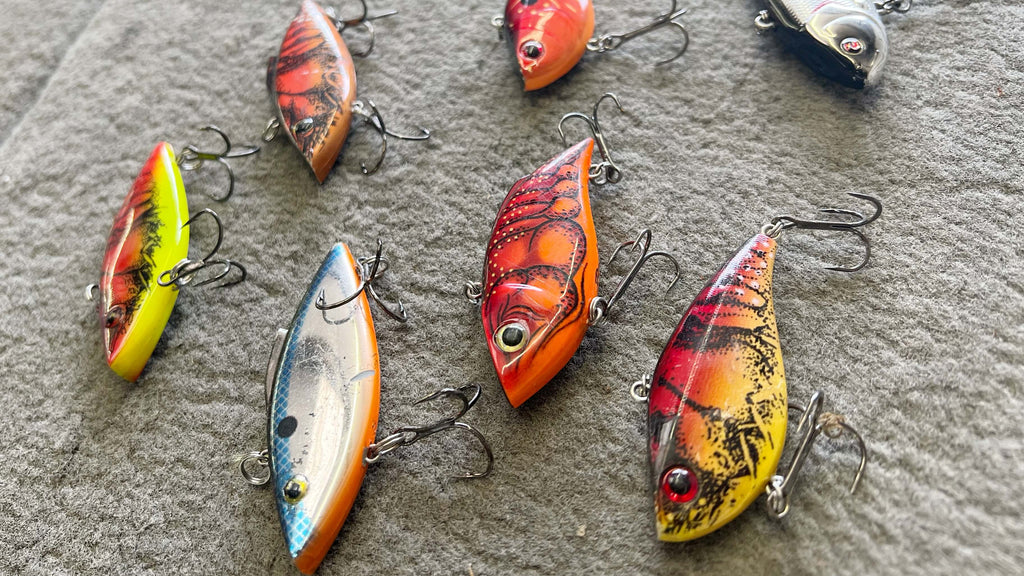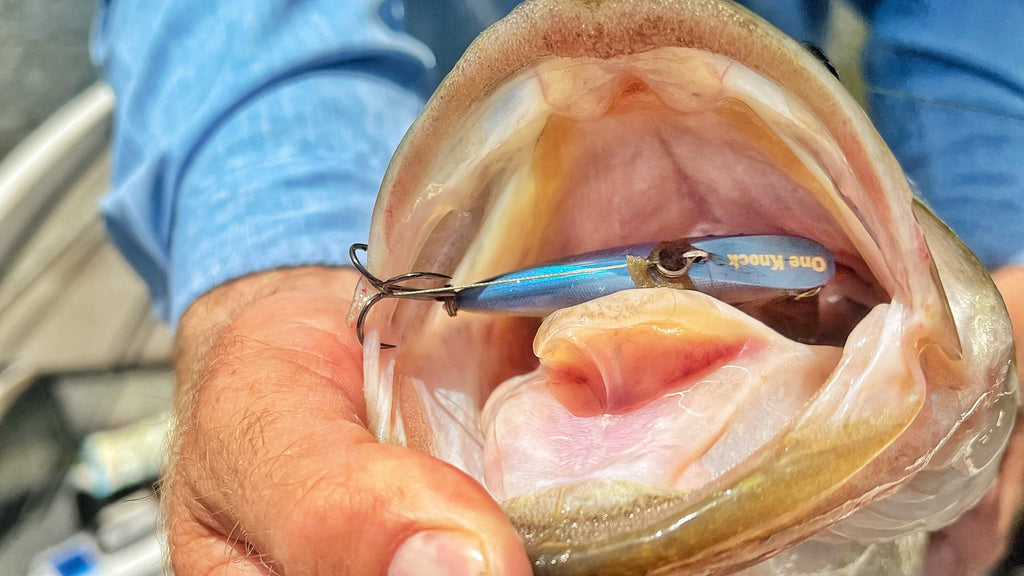A lipless crankbait is one of the most versatile and effective lures of all time. If you’re an angler just getting started fishing from the bank, or a touring pro standing in the front of a bass boat, a lipless crankbait is a staple in every angler’s tackle box.
Perfectly suited of ponds, creeks, rivers and big lakes, the lipless crankbait can be fished from one foot deep out to about 20- feet effectively. They come in a wide range of sizes, from 1/8- to 1 and 1/2- ounces and in more colors than you can count. Some float, some sink, some have rattles, some don’t and the list of options goes on and on.
So how do you select the right lipless crankbait for you? Well that’s what we hope to help with today.

Size
The gold standard when it comes to size is the 1/2- ounce, with 1/4- ounce and 3/4- ounce versions being the next two in line. With a 1/2- ounce lipless crankbait, most anglers can find what they need to make long casts and fish at a wide range of depths.
The smaller, 1/4- ounce baits are best suited for ponds and creeks, where the water is typically a little shallower and there are usually more small fish on average. The 1/4- ounce is also a great selection on bigger fisheries in the small, when it matches the hatch better than larger lipless crankbaits.
The 3/4- ounce lipless baits are relegated to bigger lakes by and large. These baits are typically too big and too heavy to be fished in relatively shallow ponds and creeks. But they are perfect for fishing submerged grass lines in 10- feet or more of water.

Color
After you select the right size for your situation, next comes the color. Most of the time, it’s best to try to match the hatch with the color. This means you want to select a shad pattern when bass are targeting shad, or perhaps a red when they’re targeting crawfish. A red lipless is particularly effective in the pre-spawn season, before the bass move up to make their beds.
Most of the time, lipless crankbaits are designed to imitate shad. But not all shad patterns are the same. You’ll want to vary your color selection slightly based on water color. In the clearer water, go with the more translucent shad patterns. As the water starts to stain, silver or some of the duller solid colors lipless baits work well. When you get into fairly muddy water, go with golds and brighter solid color baits, like chartreuse sexy shad.

Floating or sinking, rattles or silent
Almost all lipless crankbaits sink, and almost all lipless crankbaits have rattles. The few floating lipless baits that there are out there are designed for super shallow situations, and are otherwise ineffective. One of the biggest benefits to a lipless crankbait is that you can fish it at various depths.
This can be done even on one cast, as you throw out from the bank, let your bait sink and then reel it up from deeper water to shallow. Or as you throw to the bank from the boat, start your retrieve immediately and then let your bait follow the bottom as you reel it out to the boat. You can even bob your bait up and down (or yo-yo it) on the cast. A sinking bait is needed for all of these situations.
There are a few silent lipless crankbaits, and these can be useful in situations where there’s a lot of fishing pressure or in some clear water scenarios where the fish can see the bait and don’t need the rattle to help them locate it. But again, most of the time you’re going to want to go with a rattling bait. However, all rattles aren’t the same.
Lipless crankbaits come in a wide range of sound signatures. Some have several small beads in them, which create a sharper sound. Then some have only one or two bigger beads, which create more of a knocking sound. The sharper sounding baits are the more common and versatile, and the louder knocking baits are more for situations where there is again a lot of fishing pressure, or the visibility is a little lower.

In conclusion
Taking these few things into consideration, you should be able to pick the right lipless crankbait for almost any situation. For most applications, the 1/2- ounce will work, going with a smaller size when fishing around a lot of smaller fish and a heavier bait when fishing fairly deep. Pick the color based on the water clarity and the forage in the area. And then select your rattle based again on water clarity and fishing pressure, with the sharper rattle with multiple beads being the most versatile. Hopefully this rundown will clear things up for you in time for your next fishing trip.
← Older Post Newer Post →


